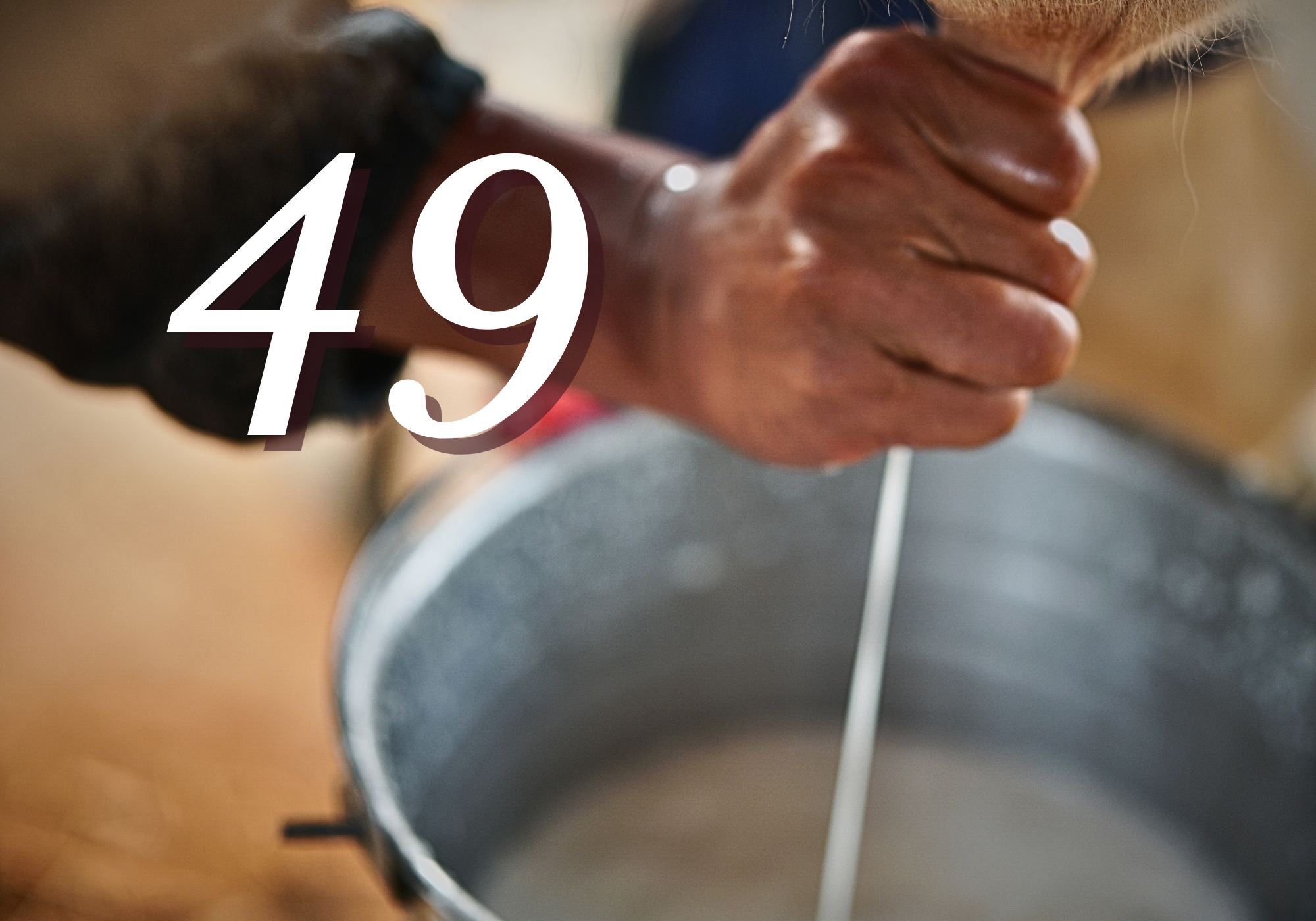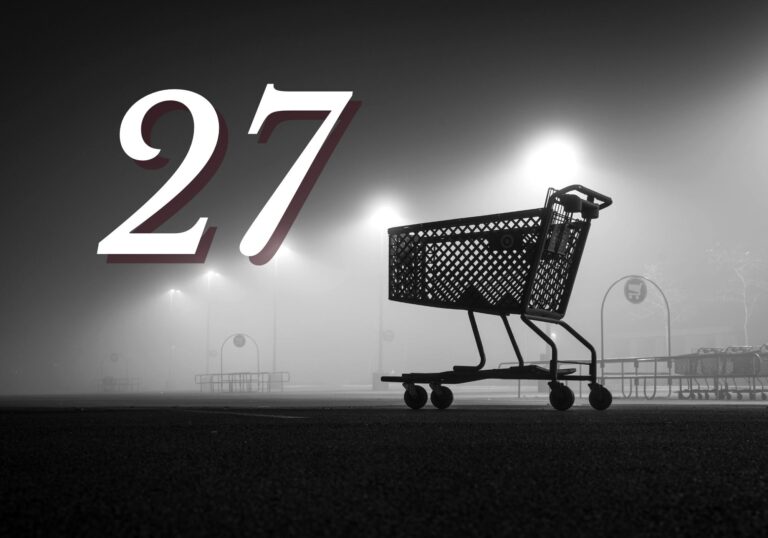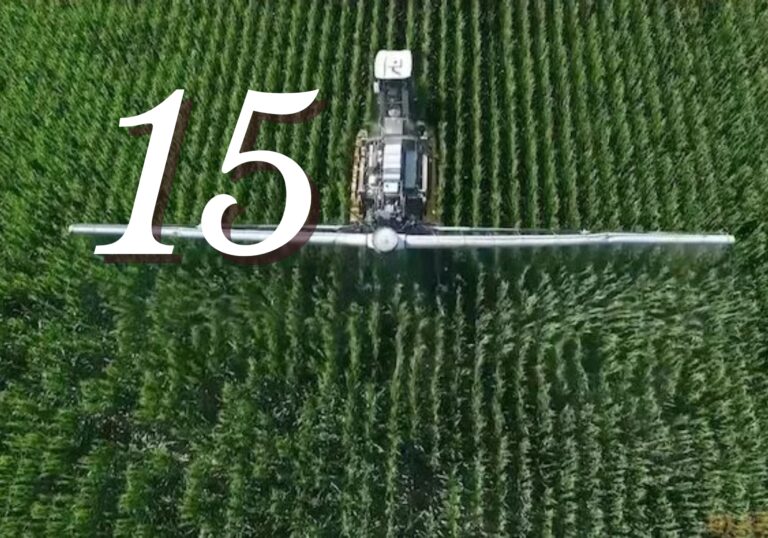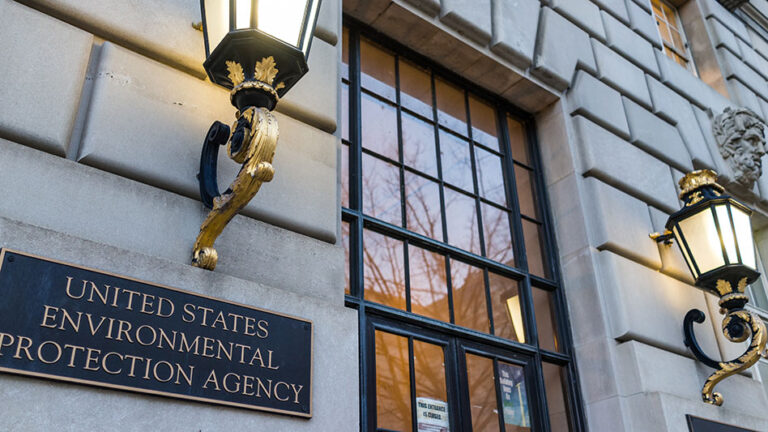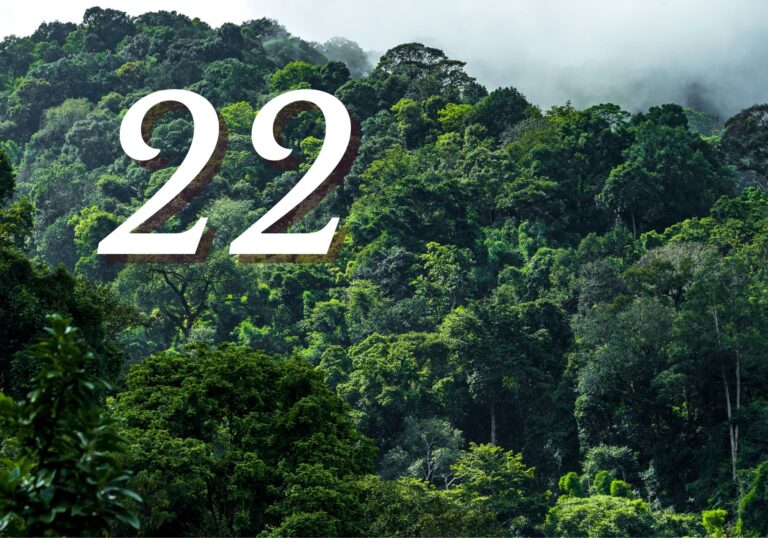War on Raw Milk
Pete Kennedy, Esq. As adapted from his article: Kennedy, P. (2022, Nov 25). Raw Milk Nation. Solari Report.
Before Louis Pasteur invented pasteurization in 1864, everyone drank milk straight from the cow, or very close to the cow. But today that same milk is designated as “raw” in the United States and is forbidden
Raw (unpasteurized) dairy products, except for cheese made from raw milk that has been aged at least 60 days, are the only foods prohibited for human consumption in interstate commerce. The ban is the result of a 1986 federal district court decision which ordered the U.S. Food and Drug Administration (FDA) to issue a regulation establishing the prohibition. Congress, the people’s branch of government, had no input.
With the interstate ban, it has been left to each state to decide whether to legalize raw milk sales or distribution within that state. There are 47 states that have legalized raw milk sales or distribution (most, however, just for animal consumption) by statute, regulation, or policy — specifically meaning that a dairy farmer could earn income either by selling raw milk for human consumption, selling it for pet consumption, or distributing the product through a herd share agreement. This is a contractual arrangement in which someone purchases an ownership interest in a dairy animal or herd of dairy animals and is entitled through that ownership to a percentage of the milk production.
There has been constant opposition to the legalization of raw milk sales by the conventional dairy industry, the FDA and state health agencies.
The federal and state laws prohibiting raw milk sales (or in some states, limiting raw milk sales) are economic protections for the conventional dairy industry under the guise of protecting public health. Raw milk has been at the center of contention between those trying to revive local food systems and the industrial food system (an industrial system with an increasing lack of quality and transparency).
Raw milk is the gateway product that in many states draws consumers to the farm; once there, they might purchase other foods such as meat, poultry, eggs, and produce. Likewise, pasteurized milk, being a perishable item, is a draw bringing customers to the supermarket. Demand for pasteurized milk has dropped tremendously over the past 50 years, accompanying dairy consolidation and a huge decline in the number of U.S. dairy farms. In 1970, there were 600,000 dairy farms in the U.S.; today that numbers stands at 20-25,000.
The demand for raw milk is booming, with a noticeable spike currently due, in part, to the MAHA (i.e., the Make America Healthy Again movement) and the ascent of raw milk drinker and advocate, Robert F. Kennedy Jr., to Secretary of the Department of Health and Human Services (HHS). There are now states such as Montana, where there are more raw milk dairies than Grade A pasteurization dairies. Could the reason be that raw milk tastes considerably better, must be handled more cleanly and carefully, and usually comes from a single, identifiable farm?
Despite the unprecedented demand for raw milk, opposition to it continues from big-Ag, the healthcare profession, government, legacy media, and the insurance industry. The latter has created a barrier to entry for many raw milk farmers who have been unable to find affordable product liability insurance policies or any product liability insurance at all.
Demand for raw milk is expected to grow. The rate at which that happens over the next few years will depend partly on how successful MAHA is at reducing opposition to raw milk within FDA and state health agencies, and at getting those agencies to find ways to regulate raw milk and assure it is a safe product, rather than preventing its consumption.
